Migrating all your web store products, content, images, order data, and customer data can be an incredible hassle, especially in the hands of inexperienced developers. Our team of Shopify Store migration experts and developers bring decades of combined experience helping businesses move their eCommerce operations to Shopify from other eCommerce platforms such as Magento, WooCommerce, BigCommerce, and more.
Awards & Recognitions
Error Reduction Rate
Increased ROI
Shopify Developers




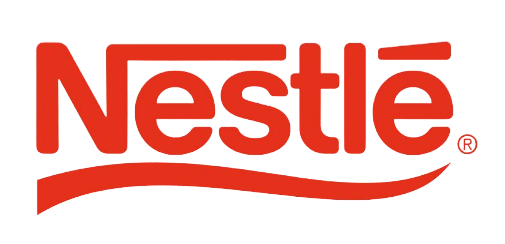






Migrating to Shopify unlocks powerful benefits for growing eCommerce brands. Its scalable infrastructure ensures high performance even during peak traffic, making it ideal for future-ready businesses. Shopify also offers built-in SEO tools and mobile-optimized themes to improve visibility and drive conversions across all devices. With top-tier security, PCI compliance, and automatic updates, your store stays protected and trustworthy.
Plus, Shopify's built-in marketing tools and analytics empower you to launch campaigns, track performance, and make smarter business decisions all from one dashboard. Our WordPress to Shopify migration services in India are a complete solution that simplifies operations and accelerates growth.

Migration to Shopify is the best decision you can make to improve your eCommerce development company, but it can be quite a complicated process. As web design experts at OrangeMantra, we offer amazing Shopify migration services.
We begin with a detailed discussion to understand your business, customers, and goals. So, we map out the entire Shopify migration services journey so the move is smooth and aligned with your needs.
Shopify experts move your products, customer data, orders, and content to Shopify without any loss. Our expert handling ensures nothing breaks, your store stays intact, and you’re ready to serve customers from day one.
Our Shopify migration services in India recreate your website design and theme on Shopify, ensuring it reflects your brand identity. No compromises, just a new platform with the same visual charm and user experience.
We identify your existing tools and replicate or replace them with Shopify-compatible apps. This way, your store keeps running with all the features you rely on, plus added performance and flexibility by our experts.
Worried about losing Google rankings? We set up proper redirects to ensure every old URL points to the right new page, protecting your traffic, search visibility, and ongoing SEO success through the transition.
After moving, we fine-tune your new Shopify store for speed, usability, and conversions. From faster load times to smoother checkouts, we optimize everything to help you start strong and keep improving.
TVS Motor Company is a reputed two-wheeler manufacturer brand in India, known for its sustainable Mobility. They focus on serving customers' needs with internationally aspirational products of the highest quality through innovative and sustainable processes. Despite high skill and knowledge requirements, we set up an experienced Shopify development team within a few days of requirement gathering. We worked to create a design that reflects their brand and meets their needs. Using Shopify, we built a site that can house thousands of bike accessories and merchandise.

Our client, Jeometri specializes in providing smartly engineered and easy-to-assemble furniture products. They provide high-quality, stylish, and affordable furniture solutions that are smartly put together. To ease the assembling of furniture a range of tools and hardware is provided with every product. OrangeMantra assigned a team of Shopify developers to gather the exact website requirements of the client. We worked to create a design that reflects their brand and meets their needs. Using Shopify, we built a site that can house thousands of pieces of furniture and other home decorative products. Our solution enabled the client to have a strong impact on the online furniture marketplace while matching the reputation to an offline seller.
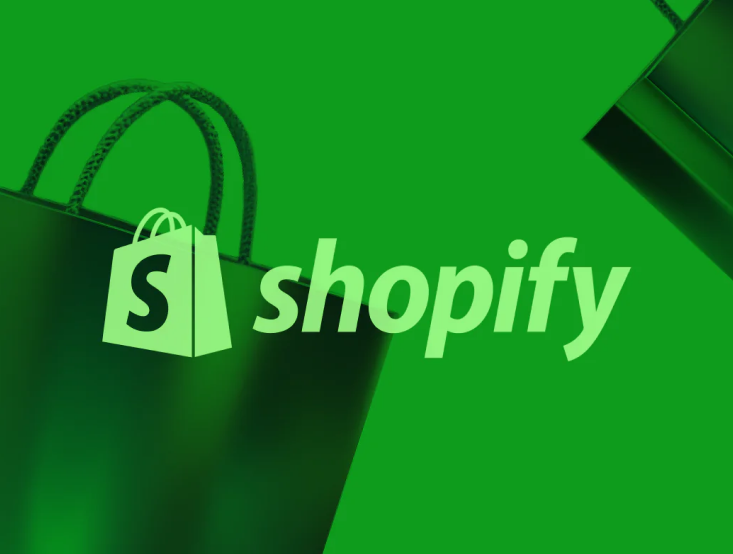
Lilies Design, a growing women’s fashion brand was founded in 2015 by a young Emarati. We started with detailed consultations with Lilies Design to understand their brand identity, target audience, and specific eCommerce requirements. Shopify developers were assigned for their robust e-commerce capabilities, experience, and scalability.
Next, created a custom design that reflected the brand’s vision, focusing on a clean layout, high-quality imagery, and an impressive layout. Added high-resolution images, detailed descriptions, and a user-friendly navigation system with a search feature. Streamlined the user journey with product discovery, ensuring a seamless process.
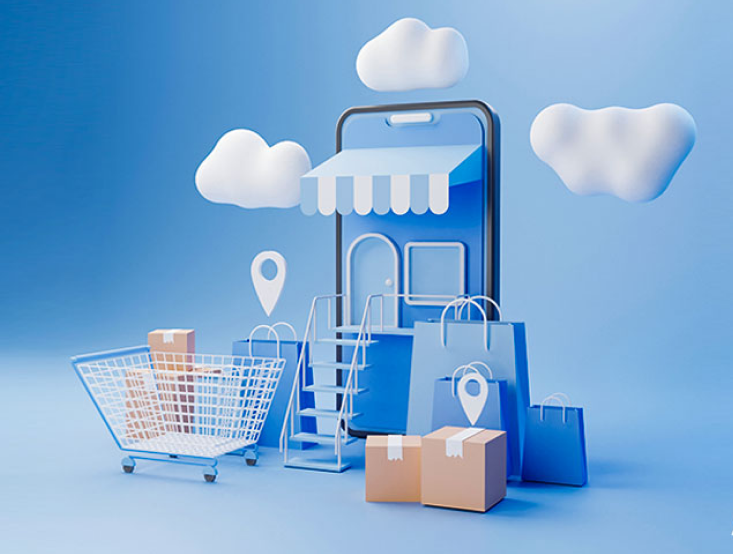
We, at OrangeMantra, as a leading Shopify migration agency, offer extensive technologies to enhance the performance of your Shopify eCommerce platforms.
 Node JS
Node JS
We migrate your entire product catalog, including titles, descriptions, images, SKUs, prices, and inventory, with 100% accuracy. No duplicate listings, broken links, or missing details. Your products will look great and perform even better on Shopify’s sleek storefront.
All your customer profiles, contact details, purchase history, and account data are securely transferred. Your loyal buyers won’t have to re-register or lose their saved preferences; we ensure a smooth customer experience post-migration to keep retention high.
We move all past and current order data, including order IDs, statuses, timestamps, and shipping details. This keeps your records intact for accounting, support, and analytics, ensuring your Shopify store feels like a seamless continuation of your old one.
Migrating from a platform that uses manufacturer data? We map and import manufacturer profiles, categories, and product associations into Shopify’s structure or custom fields, so you never lose track of who made what, and where it goes.
Your discount codes, rules, and usage stats come with you. Whether they’re time-limited offers, BOGO deals, or customer-specific discounts, we replicate your coupon structure in Shopify so promotions continue without a hitch.
All product and customer reviews, star ratings, feedback, usernames, and timestamps are migrated safely. We help integrate them using Shopify-compatible review apps, keeping trust signals visible to drive new conversions.
Your About Us, Contact, FAQs, and policy pages will be perfectly recreated with original layouts and content intact. No broken links, no formatting issues, we ensure your Shopify site delivers the same strong brand messaging.
Your discount codes, rules, and usage stats come with you. Whether they’re time-limited offers, BOGO deals, or customer-specific discounts, we replicate your coupon structure in Shopify so promotions continue without a hitch.
We migrate your entire blog, including categories, authors, images, and SEO metadata. All URLs will be redirected properly to preserve your traffic and SEO rankings, so your content keeps educating and attracting your audience.
We carry over all translated content, language settings, and currency compatibility. With a multilingual Shopify setup and apps, your store remains accessible to every market, with no manual rework, just smooth experiences.
We have years of expertise and a success rate in migrating a client's existing eCommerce store to a feature-rich and scalable Shopify. Shopify has emerged as one of the leading eCommerce platforms, renowned for its flexibility, scalability, and user-friendly interface. Here, you will find different varieties of Shopify migration solutions with the assistance of our professional developers.
At OrangeMantra, there is no disruption to your store’s functionality, and there are no downtime issues during the migration process. Our team is responsible for handling all migration issues from product catalogs and customers’ data to SEO settings and other specific services.
Migration strategy is to identify your existing platform, your business needs, and design a plan that is suitable for your organization. Regardless of whether you are transferring data from Magento, WooCommerce, or any other shopping cart system to Shopify, we adapt ourselves to your requirements.
Whether it’s creating an entirely new store for a large-scale enterprise via Shopify Plus or adding third-party apps, our team knows how to get the most out of Shopify. We also support you in migrating to the Shopify environment with additional assistance after the migration is complete.
It is crucial to preserve the existing rank accrued after massive SEO efforts have been invested in an undertaking during migration to prevent traffic loss. During the migration, our specialists pay careful attention to such settings as meta-tags, URLs, and 301 redirects, thus preserving your search engine rankings.
OrangeMantra can assist your teams in benefiting from Shopify’s features and provide support and training. This means that we continue to offer technical support, add new free features, and help to guide you so you can get back to what’s important: your business.
We deliver client-oriented solutions to boost productivity and reduce the operational cost of multiple industries, including:
We help manufacturers move catalogs, workflows, and pricing tiers seamlessly to Shopify, enabling better order management and real-time stock sync.
Get Shopify migration services to preserve your content, user history, and memberships while upgrading your platform for smoother student and admin experiences.
Migrate logistics businesses with advanced order tracking, smart integrations, and dashboard-ready stores to streamline movement.
We help fintech companies migrate to Shopify with advanced data handling, payment security, and customer information intact.
Keep customer journeys smooth with real-time availability, smart add-ons, and fast mobile performance built into your new Shopify storefront.
We simplify your transition to Shopify with a tailored migration for automotive parts, accessories, and services in India & USA.

Shopify transition is a complex process that cannot be done haphazardly; it needs planning, execution, and should be done by a professional. Over the years at OrangeMantra, we have optimally developed a six-step process to help you migrate to Shopify effectively and efficiently.
We begin by analyzing your existing platform, its structure, performance, and integrations to spot what needs to be migrated, upgraded, or improved for a seamless move to Shopify.
Our experts craft a step-by-step migration plan, defining what to move, how to organize it on Shopify, and which features to enhance, all based on your business goals and customer experience needs.
Before migration begins, we create a secure backup of your current data. This ensures nothing is lost or damaged during the transfer and gives you full peace of mind throughout the proce
Our Shopify migration services transfer all critical data, products, orders, customer info, images, blogs, and more to Shopify with complete accuracy.
We test every feature across devices and browsers to ensure flawless functionality. SEO redirects are added to retain search rankings, avoid broken links, and preserve your site’s visibility.
After launch, we monitor your Shopify store, fix any unexpected issues, and provide training and ongoing support, ensuring your new site performs smoothly and supports your business growth from day one.
Shifting to Shopify is one of the most crucial strategies any eCommerce organization can take, and having the right Store Transition partner is critical. At OrangeMantra, what our customers need to understand is that every business has its requirements and its problems.
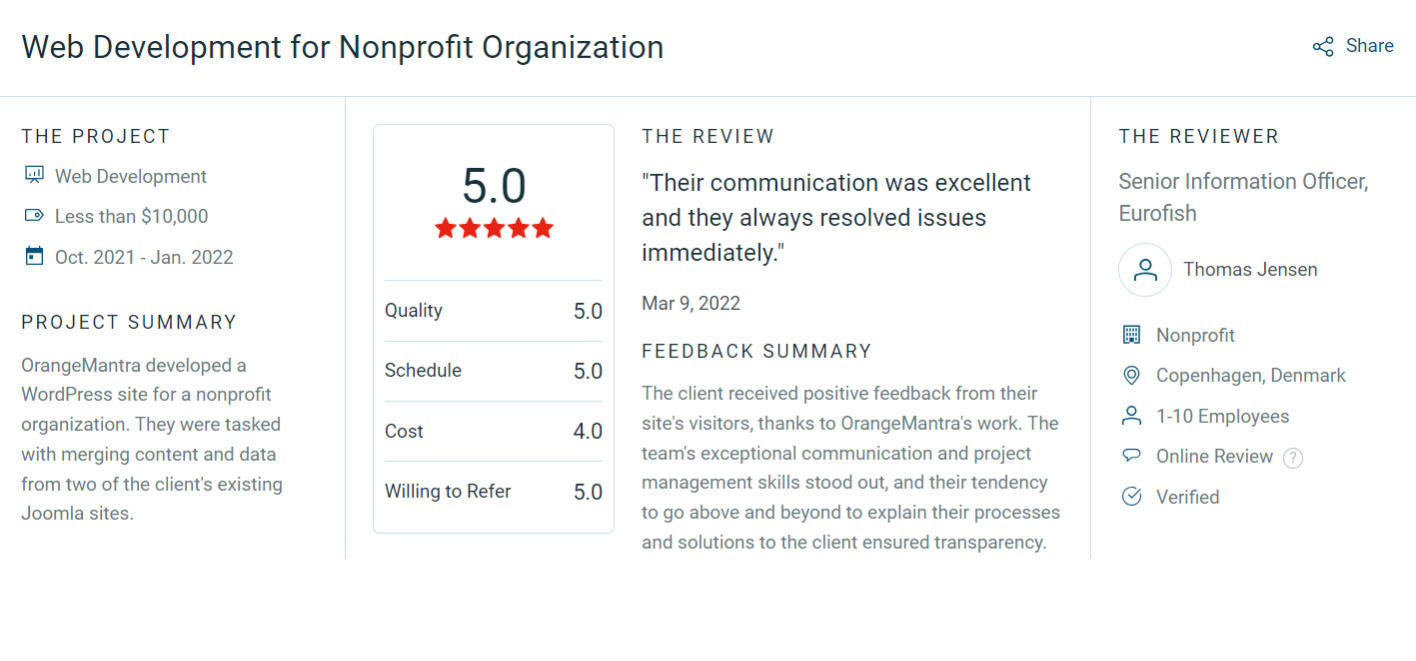
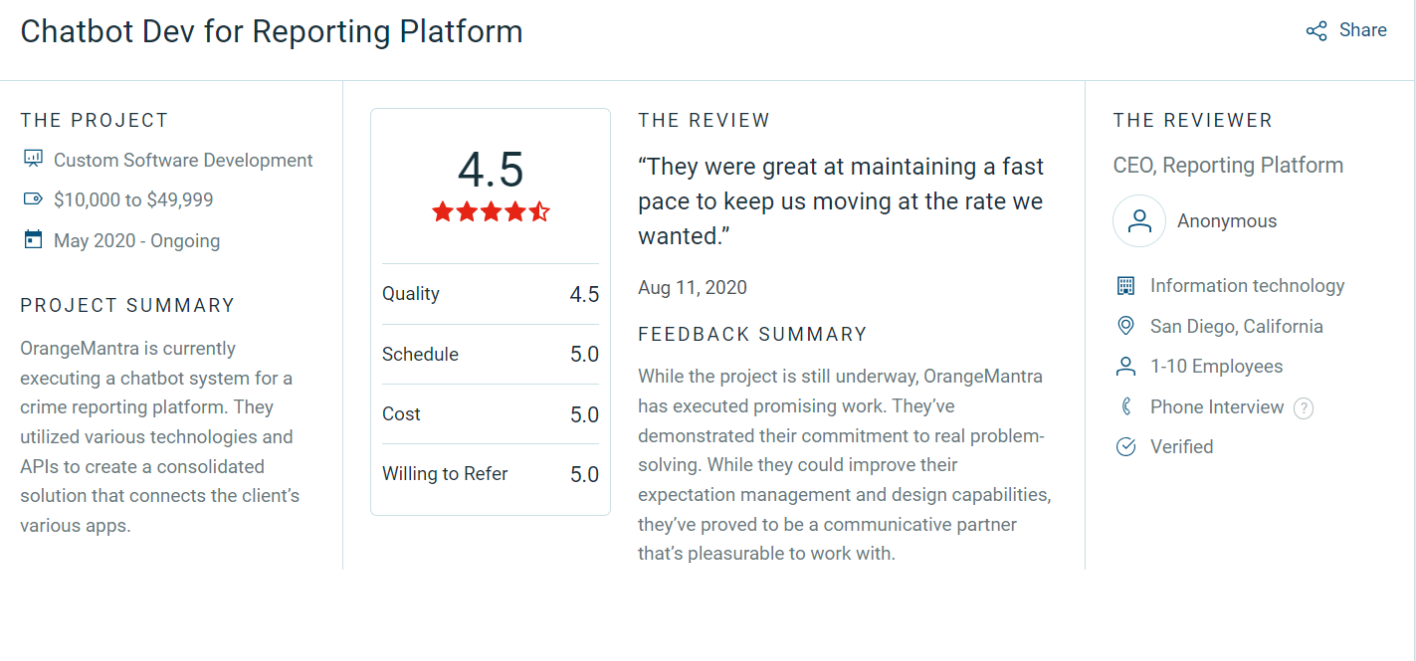
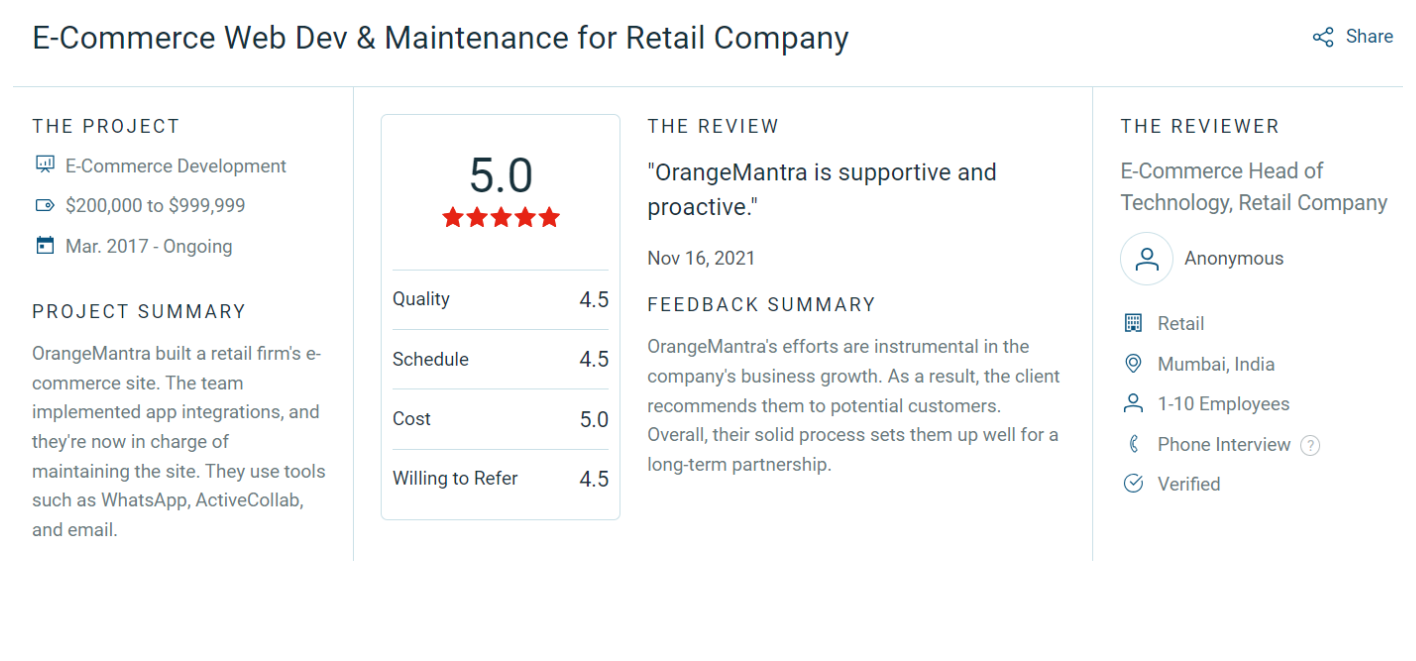
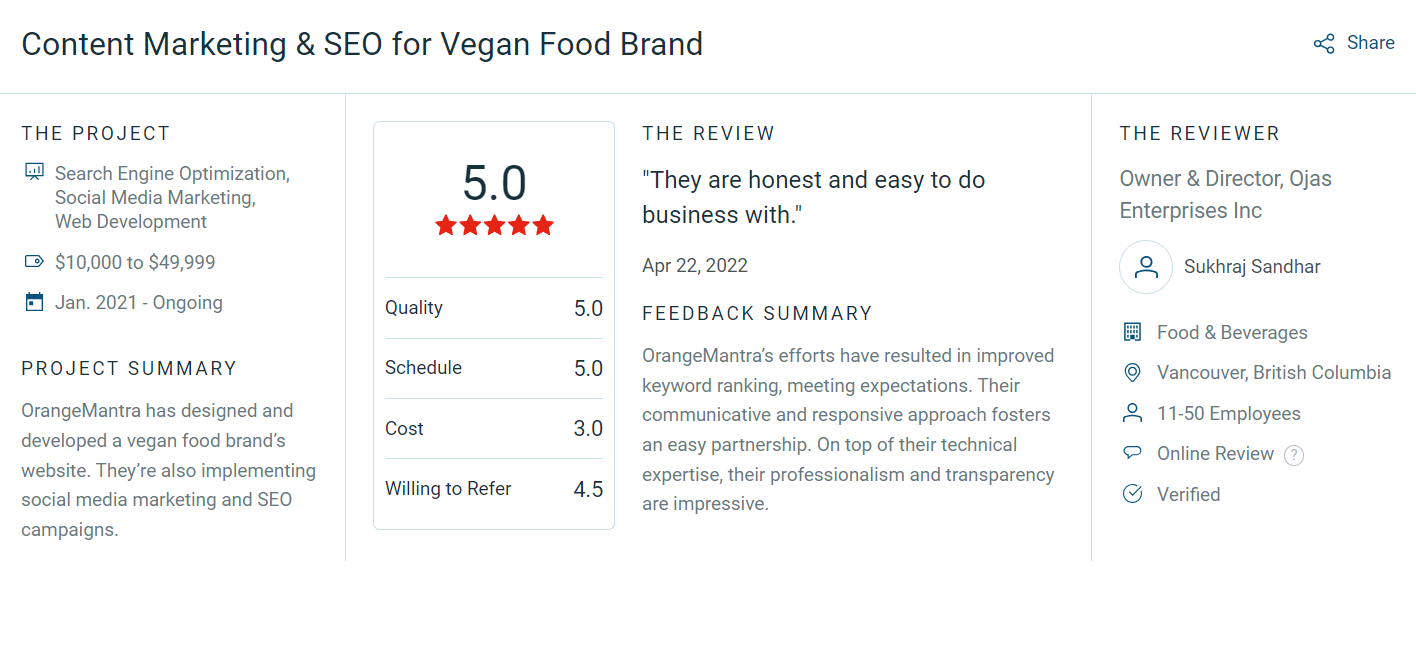
Yes, we implement 301 redirects, migrate metadata, and ensure your URLs follow SEO best practices. Our goal is to retain — or even improve — your search rankings during and after the migration.
Tired of slow loading speeds and clunky interfaces? Upgrade to a Shopify store built for conversions.